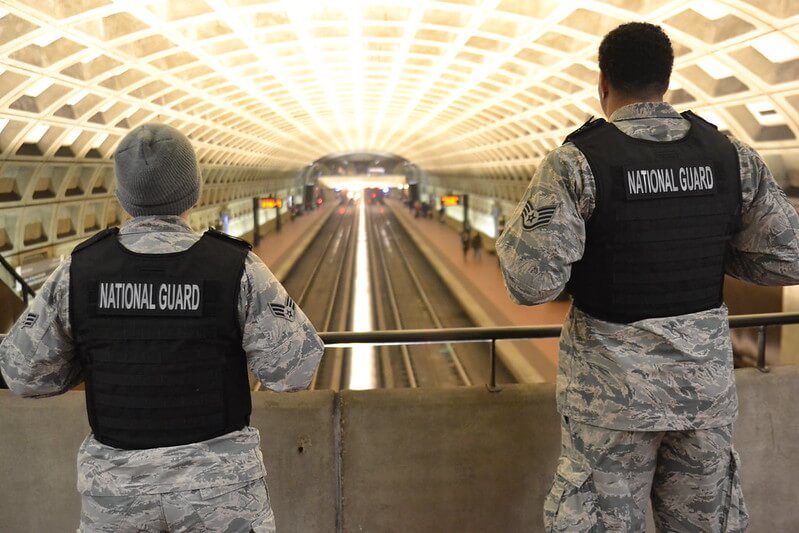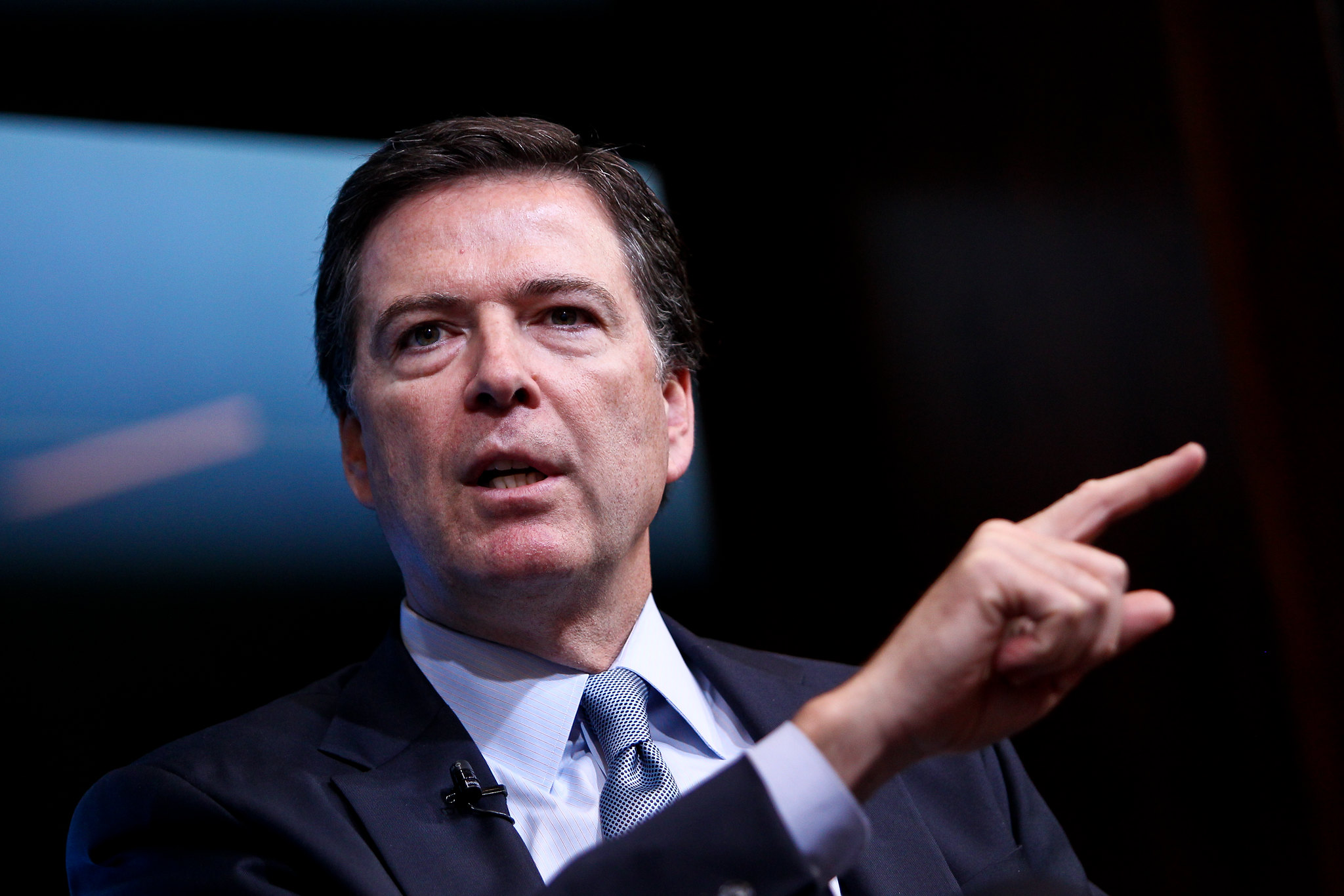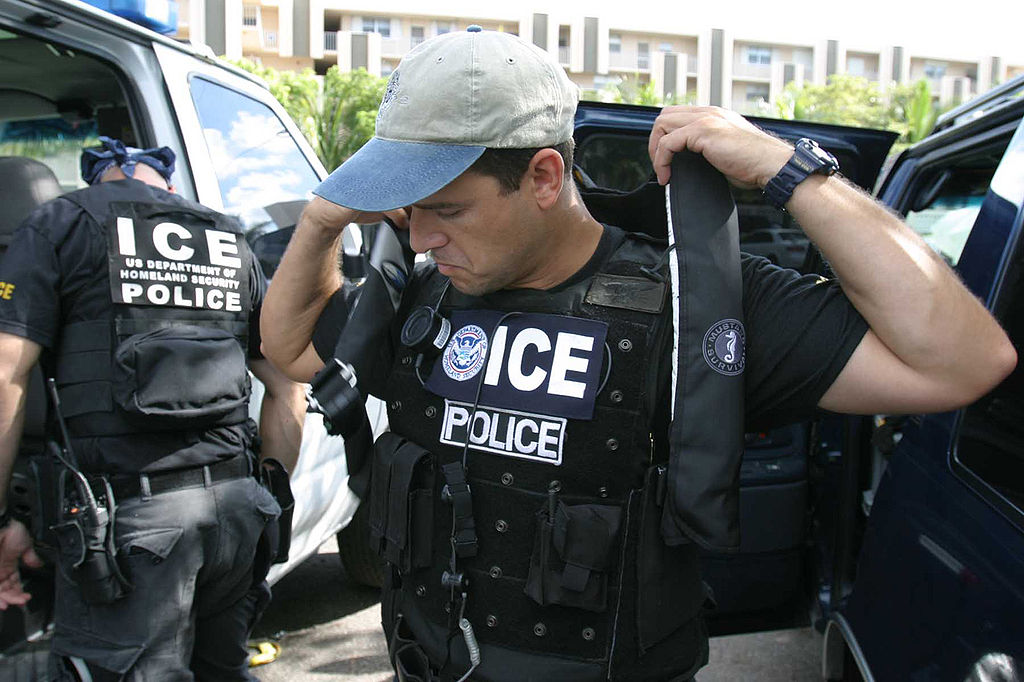Counting the Boots: Tracking Domestic Deployments, One Missing Report at a Time

Published by The Lawfare Institute
in Cooperation With

In June, President Trump deployed 4,800 military troops to Los Angeles purportedly to protect federal personnel and property, and in August he deployed troops to the District of Columbia. At the end of September, the president directed the secretary of defense to provide all necessary troops to protect the city of Portland and ICE facilities under attack by Antifa and “other domestic terrorists” with the authority to use “Full Force,” if necessary. The following day, Secretary Pete Hegseth federalized 200 members of the Oregon National Guard and later federalized hundreds of Texas National Guard members to support the Portland mission, as well as for Chicago and “other locations.” The president also federalized the Illinois National Guard, but a court order has delayed deployment—and the Supreme Court has yet to weigh in on its legality.
Recently, President Trump contemplated using the Insurrection Act to deploy military troops in various cities, which would allow a direct law enforcement role during the deployment. In a speech to military leaders, he also suggested American cities could be used as “training grounds” for military forces.
As of the time of publication, there are approximately 3,300 National Guard troops on the streets of peaceful U.S. cities—an unfamiliar sight for most Americans. For many, it’s also a fear-inducing one, and it’s reasonable to feel unease about an “armed militia in the nation’s capital” with an unclear mission.
Traditionally, the National Guard is used by governors to support after natural disasters, manage emergencies, or other state-specific tasks. In some cases, the federal government uses the National Guard as a supplementary force to active duty, deployed as needed for warfighting missions abroad. Each of these functions is supported by specific legal authorities. Now, as in so many other areas of presidential power, the Trump administration is asserting expansive and aggressive interpretations of those legal authorities, often providing conflicting narratives on the need for the National Guard and the specific missions they are conducting.
For the past month, Lawfare has been tracking how the current Trump administration, and the previous two administrations, have been using the National Guard and active duty forces: under what statutes and regulations, in which geographic areas, in what numbers, for how long, and—crucially—for what purpose. Today, Lawfare is launching a Domestic Deployment Tracker that provides a visualization of our findings as part of this work.
The project, as it turned out, was incredibly complicated. Information on domestic deployments is not centrally located. Instead, information on mission type, deployment size, and other aspects of deployments are scattered across memoranda, press releases, interviews, and other venues. What little information is out there is often incomplete. This raises yet another concern: Even as more Americans see armed military personnel in their neighborhoods, and as more National Guardsmen receive unusual orders to take on distinctly non-military roles, the administration has not sufficiently explained why. Such failures of transparency can create fear, stifle freedom of speech, and imperil a core principle of the rule of law—that everyone, including government officials, has to follow the same rules.
The National Guard operates as both a state and federal force, under control of the governor unless called to active service by the president. In addition to active duty deployments, the Lawfare tracker identifies instances of the president calling the National Guard into federal service and deploying the troops domestically for non-disaster relief missions.
The Domestic Deployment Tracker identifies where deployments occur, the number of troops deployed, and perhaps most importantly– for what purpose and under what legal authority. Legal challenges to deployments, of which there are many this year, are also identified with links to the ongoing litigation. For example, during Trump’s June deployment of roughly 4,800 troops (700 active duty Marines and 4,100 National Guardsmen) to Los Angeles for a federal protection mission, National Guard were mobilized under Title 10 § 12406 per Presidential Memorandum, and active duty troops were assumed to be deployed under a theory of an inherent protective power given to the president by Article II of the Constitution. Per a district court opinion, troops are conducting law enforcement activities in violation of the Posse Comitatus Act. The administration appealed this to the 9th Circuit.
What’s Happening on the Ground Right Now Los Angeles, California: Fewer than 100 California National Guard troops are conducting operations under T10 §12406 in support of a Federal Protection Mission. Washington, DC: Approximately 2200 National Guard members are supporting law enforcement under Title 32 §502(f). Approximately 980 troops are from the District of Columbia, 140 from Louisiana, 150 from Ohio, 200 from Mississippi, 200 from Alabama, 420 from West Virginia, 320 from Georgia, and 40 from South Carolina. Portland, Oregon: Approximately 200 soldiers from various units of the Oregon National Guard are activated under T10 §12406 and 200 soldiers from the California National Guard who were conducting the Federal Protection Mission in the greater Los Angeles were relocated to the greater Portland area. Due to a second TRO, troops are conducting planning and training but are not engaging in any operational activities at this time. Chicago, Illinois: Approximately 200 soldiers from the Texas National Guard and approximately 300 soldiers from various units of the Illinois National Guard were activated under T10 §12406 and have arrived in the greater Chicago area. Roughly 14 troops from the California National Guard who were conducting the Federal Protection Mission in the greater Los Angeles were relocated to Chicago to provide insights from their mission in California. Due to a TRO, troops are conducting planning and training but are not engaging in any operational activities at this time. Memphis, Tennessee: Approximately 159 Tennessee National Guard troops are mobilized and deployed under T32 §502(f) supporting Memphis Safe Task Force to reduce crime and enhance public safety. The Southern border: Various military deployments are ongoing at the Southern border. ICE support: Relatively small numbers of National Guard troops are providing primarily clerical and transportation support to ICE in up to 19 states under Title 32 §502(f) . Details on the missions are vague and vary by state. |
What Did We Find?
The process of gathering information for a domestic deployments tracker revealed extensive gaps in publicly available information, but also allowed for the identification of some trends. First, in a significant number of deployments, the exact legal justification, the activities of military personnel, and the operational restrictions under which they operate on American soil are either unknown or unclear. This is particularly true of border deployments across the time period we covered, 2017 to the present, but also true in a number of other instances. For example, the active duty support of the Republican National Convention in Milwaukee in 2024 was for a “small number” to support “FBI, U.S. Secret Service and Milwaukee metro police department for 24/7 operations” from July 13–19 of that year. The Wisconsin governor released an executive order calling for Wisconsin National Guard forces to assist in addressing the emergency and to provide security with explicit language that they could not be used to impede peaceful protests or media—but these forces were in State Active Duty (SAD) status. The governor would have had no command and control over active duty forces.
Second, 2025 saw a new type of deployment emerge—along with a series of lawsuits challenging it. The administration has attempted to use Title 10 §12406 for National Guard deployments to Los Angeles, Portland, and Chicago—but, because of court orders prohibiting such deployments in Portland and Chicago, troops have conducted operational missions only in Los Angeles. For now, the courts seem to agree that the legal justifications for many recent deployments and attempted deployments of military forces are questionable. This Title 10 provision appears to have only been explicitly invoked publicly once before, by President Richard Nixon in the 1970 postal strike (invoking 12406 predecessors, Sections 3500 and 8500 of Title 10). However, recent research by Marty Lederman, a professor at the Georgetown University Law Center, found that although invoked, it appears that Nixon actually used another provision. Additionally, California National Guard troops federalized under §12406 for the situation in Los Angeles have now been redeployed (but not operationally used) in Portland and Chicago, raising additional questions about the legality of federalizing troops for one situation and then repurposing them for a different one.
These questions are even more urgent in light of the ongoing deployment of roughly 2,300 District of Columbia National Guard and National Guard members from nine states. In a hearing considering a challenge to the deployment of these troops under Title 32 §502(f), a Department of Justice attorney argued there was no real limitation to what missions could be conducted under 502(f), except that they must be elevated to the level of the president or secretary of defense. With armed troops deployed on unclear missions, combined with the possibility of unbounded future missions, nervousness is understandable.
Third, some recent deployments (California, Oregon, and Illinois) lack gubernatorial support, leading to state-led legal challenges to the federalization of their state National Guards. Although it is often difficult to identify whether or not governors supported previous deployments included in the tracker, which date back to 2017, the fact that they did not publicly condemn such deployments or file lawsuits challenging them likely indicates at least tacit approval. Federalization against the explicit wishes of governors hasn’t occurred in decades, since the Civil Rights Era and invocations of the Insurrection Act—an entirely different scenario than the frog-suited protests seen in Portland and elsewhere.
Finally, one of the tracker’s most important takeaways is that a vast amount of information is missing—because it does not appear to be publicly available. In some cases, we know that operations are occurring, but not much more. President Trump has transferred control of large swaths of federal land to the Defense Department as military installations known as National Defense Areas (NDAs) to permit military operations along the U.S.-Mexico border. Some of the details have emerged from the Justice Department’s attempts to prosecute migrants for entering restricted military property when they entered an NDA. So while this confirms that patrols are occurring on this land, as well as at least temporary detention and cursory searches by military members, the specifics of how and by whom are missing. As a result, none of this activity is explicitly listed in our tracker—although it is likely that some of the known Southern border deployments listed include this activity—we simply don’t know.
Military Basics
The U.S. military is made up of active-duty forces—the Army, Navy, Marine Corps, Air Force, and Space Force—along with their reserve components (all have one except the Space Force) and the National Guard of the United States, which includes Air and Army elements. When not called into federal service by the president, National Guard units operate under their state governors. Altogether, these forces total about 2.5 million personnel, with roughly 430,000 serving in the National Guard. In fact, some state National Guards have more firepower than the militaries of entire nations.
Federal military missions are conducted under Title 10 “federal active duty” status and Title 32 “hybrid” status. Title 10 governs the Armed Forces of the United States, and Title 10 missions are federally controlled and federally funded. National Guard members serving under Title 10 are in an equivalent active-duty status as their active component counterparts. Title 32 is referred to as “hybrid” status because National Guard troops operating under Title 32 support a federal mission, but their state governor retains command and control. Although Title 32 is typically used for National Guard training, some operational missions operate under Title 32. SAD status missions are not included in this tracker or visualization because there is no federalized element—National Guard troops perform state missions under state command and control.
Lawfare’s Domestic Deployment Tracker encompasses federal deployments (either Title 10 or Title 32) because the changes appear to be around expanded federal use of the military. We excluded disaster relief missions, which, while in some cases are federal missions, typically don’t raise the same concerns and risks as missions such as civil unrest, federal personnel and property protection, and federal border enforcement.
We will continue to update the tracker as new deployments occur and new information becomes available.


.jpg?sfvrsn=d45482bc_5)


